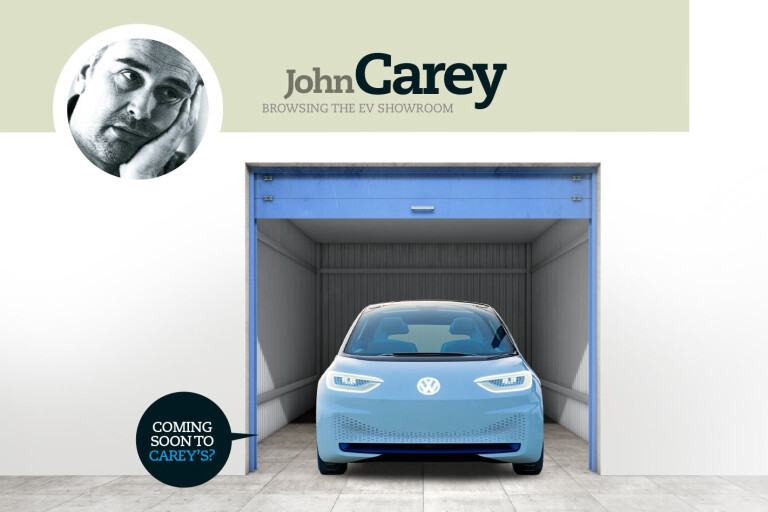
Imagining an EV in my future gets easier each time I visit Norway. Recharging options are plentiful in this long, skinny, thinly populated and ironically oil-rich country. They need to be, because more than 25 percent of the new passenger cars sold there so far this year are battery powered.
This is largely due to policies that encourage people to make the switch which are broadly supported by all of the country’s political parties.
Though EV sales are now booming in Norway, their share back in 2011 was between one and two percent. The government’s decision to use its system of car taxes to make EVs more or less cost-competitive with fossil fuel-burners has been so successful that car makers are now fretting about their ability to keep up with demand.
The reason for my latest visit was to spend time in what is currently Norway’s best-selling car, the second-generation Nissan Leaf, which went on sale there in February. It will eventually reach Australia, where there’s no chance of it topping the charts.
EV owners in Norway do most of their recharging using AC wallboxes at home or work and drive mostly between those two places. DC fast chargers expand their horizons far beyond the ’burbs. Norway now has a basic national network of almost 1500 50kW DC fast chargers, plus almost 500 even more powerful Tesla Superchargers.
So Norway is the closest thing to plug-in paradise on the planet, and, at the same time, a model for other nations to imitate. While the example of Norway made it easy to imagine becoming an EV owner, I also have to imagine the EV I would actually buy.
No-one yet makes one that costs $30,000 to $35,000, has a 50kWh battery pack for an all-year real-world driving range of 300km-plus, rear-drive (call me old-fashioned) and a neatly designed and quite compact hatchback body around an attractive interior. I’d also like it to be future-proofed with high-power DC fast-charging capability. Already 150kW rechargers are being installed in Norway, and the next step will be to 350kW.
Price counts out premium models, like the brilliant Jaguar I-Pace and its coming competitors from Mercedes-Benz, Audi and BMW. And having driven Teslas, I know I don’t want one of those.
The new Nissan Leaf was surprisingly enjoyable to drive and there’s a version with a big 60kWh battery pack in the works, but the interior isn’t to my taste and it’s front-drive. The Renault Zoe is about the right size, but it’s also front-drive. And it cannot be DC fast-charged. Hyundai Ioniq EV? Battery not big enough. Kona EV? No SUVs for me.
The just-announced 40kWh version of the BMW i3, due into production in November, comes closest to my ideal, but even its efficiency isn’t likely to deliver the driving range I’d like. And that exterior has always been hard to love.
So I’m pinning my hopes on Volkswagen. If the rear-drive ID five-door hatch, due on sale in Europe late next year, has the looks, price and driving range that have been promised by VW execs, it could be the car that makes me an EV owner.
And if it doesn’t, there will be plenty more to choose from. Norway will see to that.

COMMENTS